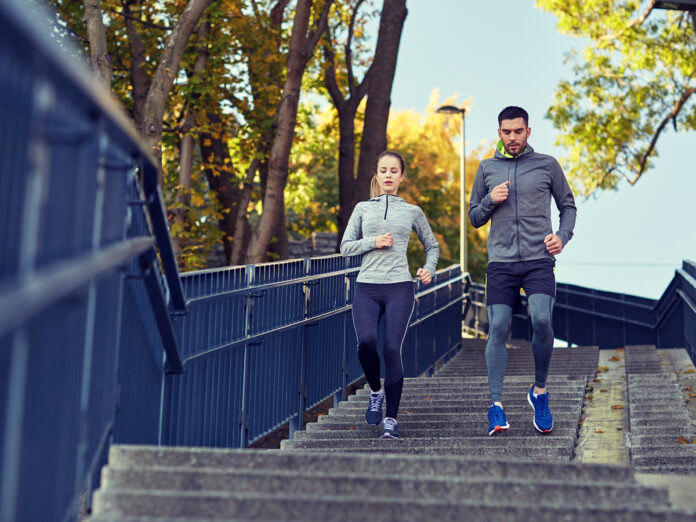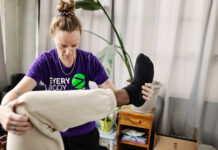
Considering the physical differences between men and women, it’s not surprising that male and female runners are prone to different injuries.
Over the past 10 years, women’s participation in running has increased 25 per cent, compared to only a 7 per cent increase for men, and female runners make up 57 per cent of finishers in North American races. Unfortunately, these increases have been outpaced by even more dramatic increases in certain sports-related injuries among women.
For example, it is well established that female runners are twice as likely to experience patellofemoral pain (runner’s knee) and IT band syndrome and male runners are twice as likely to experience Achilles tendinopathy and plantar fasciitis.
In the largest study of its kind, we analyzed data from 483 runners collected through our worldwide research network: 263 females and 220 male runners that were competitive and recreational runners across a wide spectrum of ages: 18 to 72 years old.
The results show that female runners demonstrated greater hip and knee inward collapse and greater hip rotation compared to their male counterparts. We also found male runners, whether they were young or old, exhibited greater knee and ankle flexion as compared to female runners, which can put excessive stress on the calf muscles and thus increase strain to the plantar fascia and Achilles tendon and helps to explain the greater injury occurrence.
Now that key biomechanical factors have been identified, the question remains of how to prevent injuries. So what now?
For female runners, your hip and pelvic muscles are under greater amounts of loading while running, which can increase the likelihood of injury. Starting on a program to help improve the strength of these muscles is therefore recommended for female runners – in particular for the gluteus medius muscles; those on the sides of your hips.
Another reason for both men and women to improve the strength of these muscles is related to stride-to-stride variability. Our research shows that when you have reduced hip muscle strength there is increased variability and an overall more unpredictable running pattern; the knee and hip might slightly collapse outwards during one footfall and inwards for the next… it’s unpredictable.
For male runners, increased motion of the ankle and knee suggests that heel raise exercises to strengthen the muscle of the calf, along with improving strength of the hamstring muscles becomes a critical factor to help reduce the likelihood of Achilles tendinopathy and plantar fasciitis.
We’ve repeated these stride-to-stride variability experiments with the calf muscles and shown that weakness in the calf muscles leads to motions between the heel bone, the arch, and the lower leg becoming very unpredictable. However, once these muscles get stronger, a more predictable pattern and reduction in stride-to-stride variability occurs so your body knows what to expect during the next footfall.
One important principle to keep in mind though: always perform muscle strengthening exercises after a run and never immediately before. These are your key stabilizing muscles and if these exercises are done before the run, the risk of injury increases due to muscle fatigue.
















